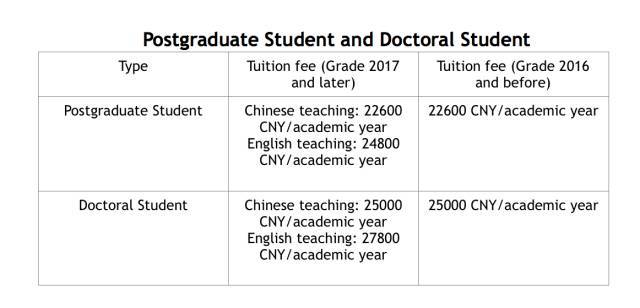Understanding Ohio Student Loans: Your Comprehensive Guide to Financing Higher Education
#### Ohio Student LoansWhen it comes to financing higher education, understanding the various options available for Ohio Student Loans is crucial for studen……
#### Ohio Student Loans
When it comes to financing higher education, understanding the various options available for Ohio Student Loans is crucial for students and their families. With rising tuition costs and the increasing burden of student debt, it’s essential to explore all avenues for funding your education. This guide aims to provide you with a detailed overview of Ohio Student Loans, including types of loans, eligibility criteria, repayment options, and tips for managing your student debt effectively.
#### Types of Ohio Student Loans
There are primarily two types of Ohio Student Loans: federal and private loans. Federal loans are funded by the government and typically offer lower interest rates and more flexible repayment options. The most common federal loans available to Ohio students include Direct Subsidized Loans, Direct Unsubsidized Loans, and PLUS Loans for parents and graduate students.
On the other hand, private loans are offered by banks, credit unions, and other financial institutions. These loans often have variable interest rates and may require a credit check. It’s important for students to exhaust federal loan options before considering private loans, as federal loans generally offer more favorable terms.
#### Eligibility for Ohio Student Loans

To qualify for Ohio Student Loans, students must meet certain eligibility criteria. For federal loans, students must complete the Free Application for Federal Student Aid (FAFSA) each year. This application determines your financial need and eligibility for federal aid. Factors such as income, family size, and the cost of attendance at your chosen institution play a significant role in this process.
For private loans, eligibility can vary significantly by lender. Typically, lenders will assess your credit history, income, and debt-to-income ratio. Some lenders may require a co-signer, especially if the student has little or no credit history.
#### Repayment Options for Ohio Student Loans
Repaying Ohio Student Loans can be daunting, but there are several repayment options available. Federal loans offer various repayment plans, including the Standard Repayment Plan, Graduated Repayment Plan, and Income-Driven Repayment Plans, which adjust monthly payments based on income and family size.
For private loans, repayment terms can vary widely depending on the lender. Some private lenders may offer deferment or forbearance options, allowing borrowers to temporarily pause payments in case of financial hardship. It’s crucial to understand the terms of your loan agreement and to communicate with your lender if you encounter difficulties in making payments.

#### Managing Student Debt
Managing Ohio Student Loans effectively is key to minimizing the long-term impact of student debt. Here are some tips to help you navigate your loans:
1. **Stay Informed**: Regularly review your loan status and keep track of your loan servicers. Understanding the details of your loans, including interest rates and repayment terms, is essential.
2. **Create a Budget**: Establish a budget to manage your finances while in school and after graduation. This will help you allocate funds for loan payments and other expenses.
3. **Consider Loan Forgiveness Programs**: Investigate potential loan forgiveness programs that may be available for public service workers, teachers, and other professions. These programs can significantly reduce your loan burden.

4. **Make Extra Payments**: If possible, make extra payments on your loans to reduce the principal balance faster. This can save you money on interest in the long run.
5. **Seek Financial Counseling**: If you’re feeling overwhelmed, consider seeking advice from a financial counselor who specializes in student loans. They can provide personalized guidance based on your situation.
In conclusion, understanding Ohio Student Loans is essential for students aiming to finance their education without incurring overwhelming debt. By exploring different types of loans, knowing your eligibility, and utilizing effective repayment strategies, you can navigate the world of student loans with confidence and make informed decisions about your financial future.